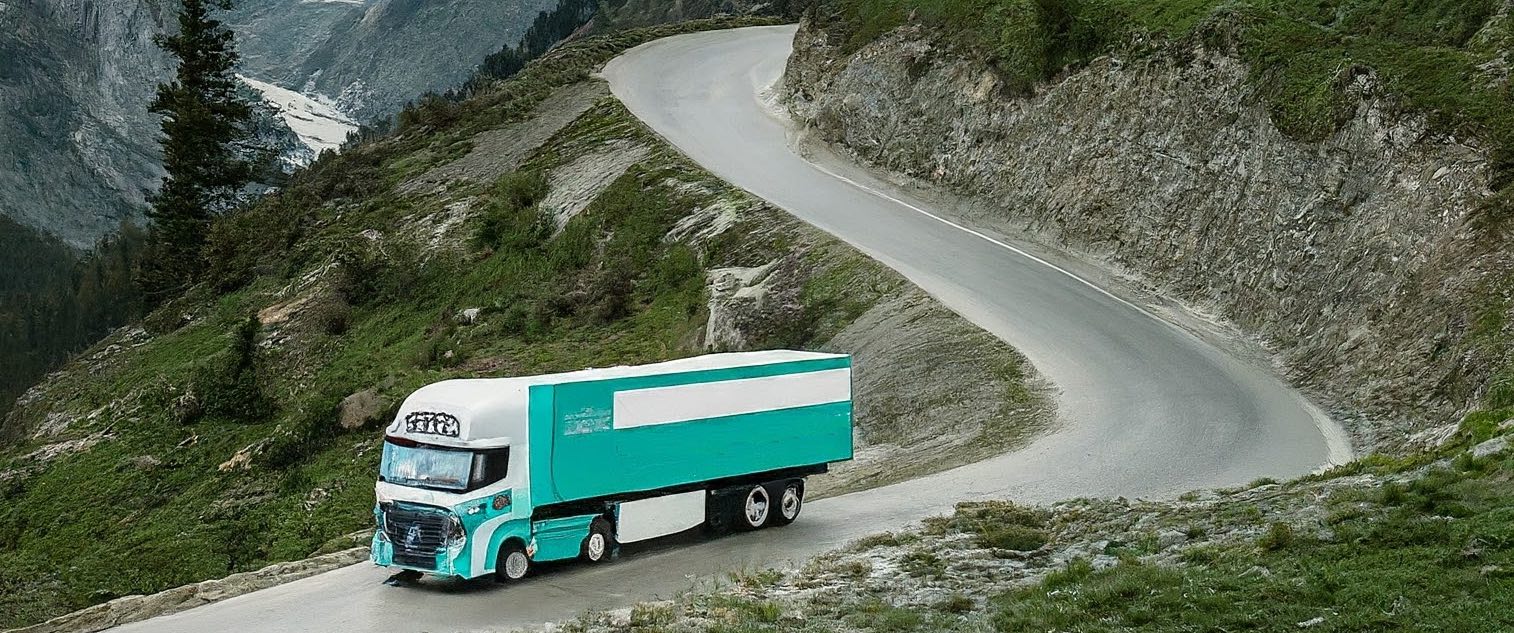The Hydrogen FCEV opportunity!

Hydrogen FCEVs offer a viable solution to achieving decarbonisation goals, especially in sectors where battery electric vehicles (BEVs) face limitations, such as heavy-duty transportation and long-haul logistics. Perhaps, the reason why market research firms forecast its growth to be between 30% to 45% CAGR till 2030.
Hydrogen which can be produced from a variety of resources, including renewable energy, natural gas, nuclear power, and even from waste, is an opportunity for countries to enhance energy security and reduce dependence on imported oil. One kg of hydrogen(120-142 MJ/kg) is roughly equivalent to 4 litres of gasoline(32 MJ/litre). Cost of producing 1 kg of green hydrogen ranges from approximately $4/kg to $7/kg; and is expected to come down to $2/kg by 2030 or even less. If this calculation and projections stands correct, cost of producing clean hydrogen will be roughly equivalent to half of present retail fuel cost.
Many countries have launched initiatives to support hydrogen research & development like- European Union’s Hydrogen Strategy(2020) and the US Department of Energy’s Hydrogen Shot, which aims to reduce the cost of clean hydrogen.
Notably, Japan and South Korea are front runners in hydrogen fuel cell electric vehicles (FCEVs) technology development, with investments, policy support, and the establishment of a hydrogen infrastructure necessary for the widespread adoption of FCEVs. In Japan, the government and industry are aligning their efforts to create a ‘hydrogen society’. Toyota has been a pioneer in the FCEV market, with the Toyota Mirai being one of the first mass-produced hydrogen fuel cell cars available globally. South Korea comprehensive hydrogen roadmap includes targets for the production of hydrogen vehicles, the establishment of refueling stations and the expansion of its hydrogen economy across various sectors. Hyundai’s NEXO is their mass-produced FCEV.
We (India) have several initiatives on hydrogen fuel like- (a) National Green Hydrogen Mission, which aims to achieve production capacity of 5 million tons of hydrogen by 2030. Already 10 companies have been awarded tenders for setting up hydrogen production capacity of 4,12,000 tons; (b) development of Green Hydrogen Hubs; (c) Strategic Interventions for Green Hydrogen Transition (SIGHT) to select green hydrogen producers and electrolyzer manufacturers; (d) Oil PSU (IOCL) has initiated operational trials to explore the use of hydrogen, including setting up of hydrogen dispensing facilities and conducting hydrogen-enriched CNG (H-CNG) trials in commercial vehicles.(e) Efforts are being made to create a conducive policy environment for green hydrogen projects, including guidelines for aggregation models for green hydrogen.
This week, Tata Cummins a JV of Tata Motors and Cummins Inc. inaugurated a new manufacturing facility to produce hydrogen-based internal combustion engines for medium and heavy commercial vehicles and other low to zero emission technology products in India. Earlier in Dec’23 Tata Motors received ARAI certification for its hydrogen fuel cell electric vehicle (FCEV) bus, the Tata Starbus 4/12 FCEV and its variants. In Oct’23 Tata Motors had opened two R&D facilities in Pune to develop hydrogen propulsion technologies.
But, is it enough for India to become market leader in hydrogen FCEV. There has to be systemic effort to push for mass adoption of hydrogen FCEV, maybe to begin with in the public transport buses, heavy-duty transport and long-haul logistics. If we have to grow big in FCEV, we should hit the grind first, fail fast and ultimately manufacture best!
